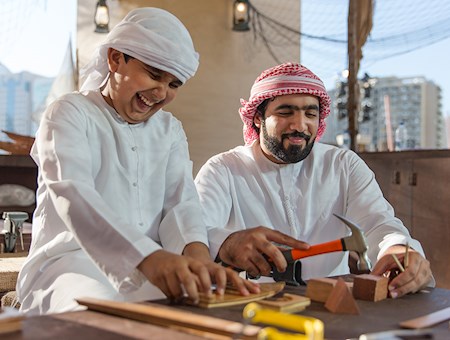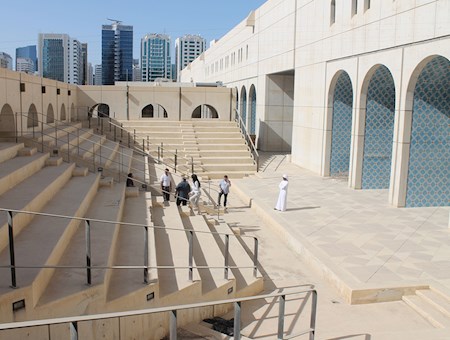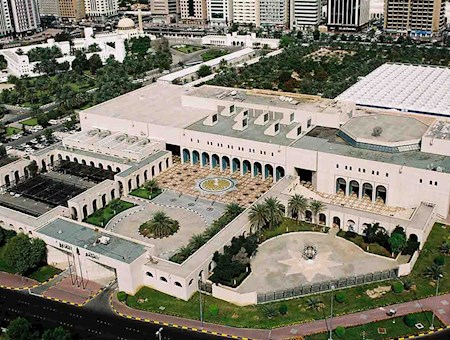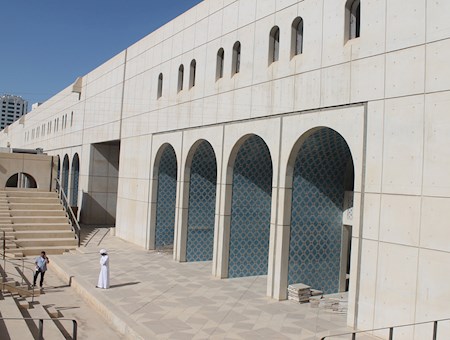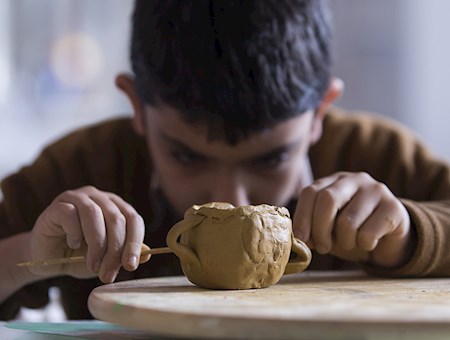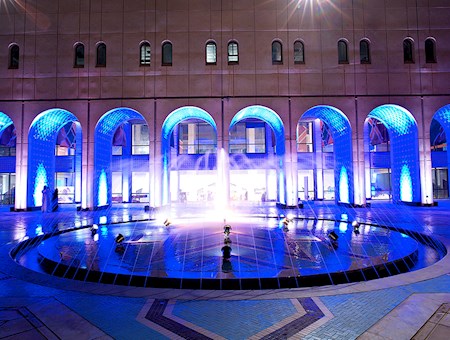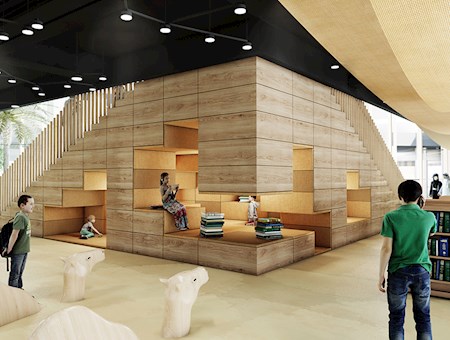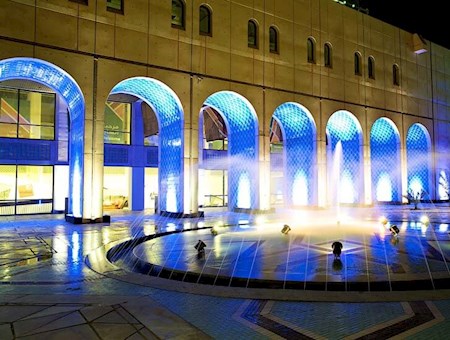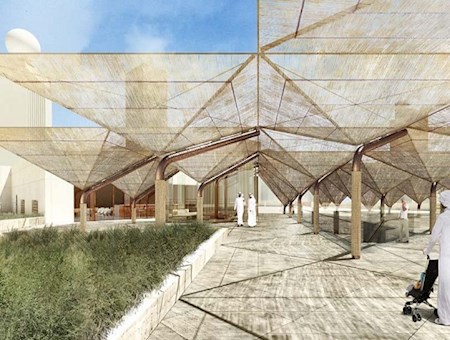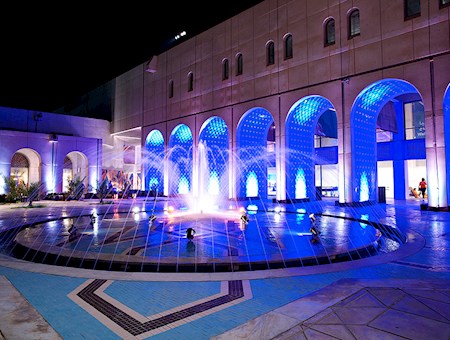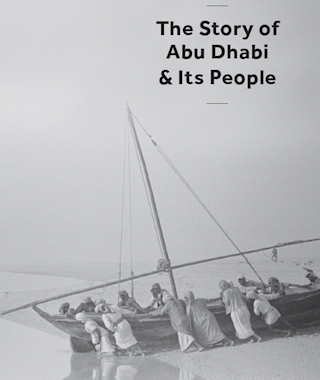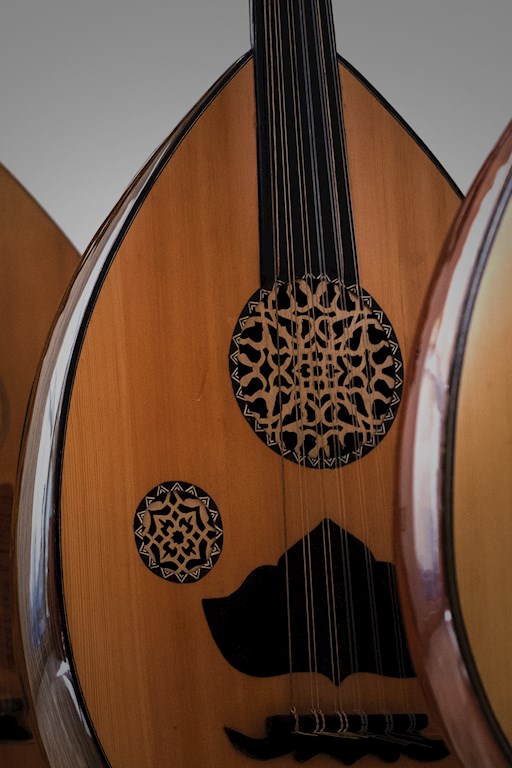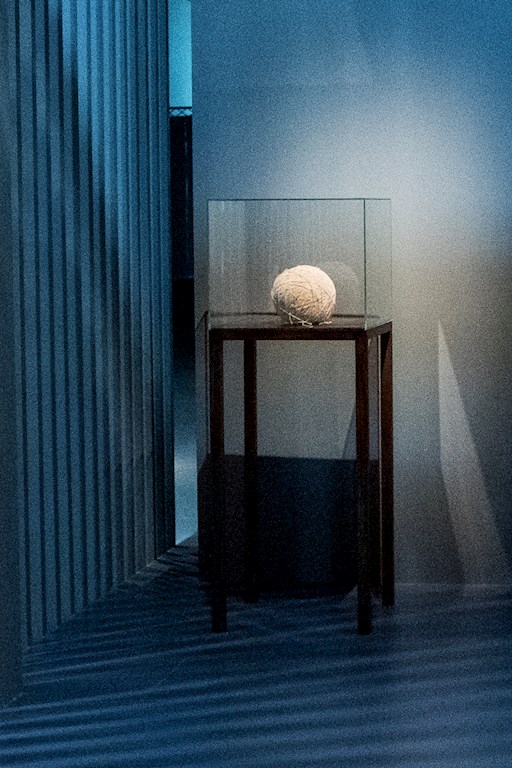- CulturAll
-
SCOPRI
-
ESPERIENZE
-
Apprendi
-
UNESCO
-

Oasi di Al Ain
-

Bidaa Bint Saud
Il sito di Bidaa Bint Saud, Patrimonio dell'Umanità dell'UNESCO, era un'importante stazione di sosta per le carovane e la comunità agricola
-

Tombe di Hafit
-

SITI ARCHEOLOGICI DI HILI
An elaborate falaj system and one of the country’s earliest mosques make this an important historic site
-

Al-Ayyala
A traditional performing art of the Sultanate of Oman and the United Arab Emirates
-

Al-Azi
art of performing praise, pride and fortitude poetry
-

Majlis
Majlis – un luogo culturale e sociale
-

Al-Razfa
Al-Razfa: Un'arte Scenica Tradizionale
-

Al-Sadu
Al-Sadu: Abilità di Tessitura Tradizionale
-

Al-Taghrooda
Al-Taghrooda: Poesia Tradizionale Beduina Cantata
-

Falconeria
Falconeria: Un patrimonio Umano Vivente
-

Gahwa (caffè arabo)
Un Simbolo di Generosità
-
-
Registro del Patrimonio
0



